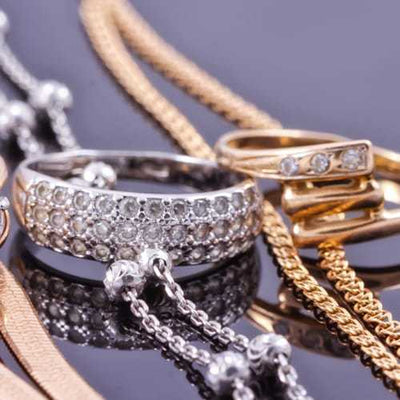What Is Morganite?
Morganite is yet another variety of beryl, a mineral that many gemstones are primarily made up of. It is the pink to orange-pink variety of the mineral. These crystals can be large, and some crystals have been discovered at over 10 kilograms, which is about 22 pounds.
Interestingly, morganite was named after one of the most well-known financiers in history, J.P. Morgan. This beautiful gemstone is rarer than aquamarine, but it is readily available due to the lack of its promotion in jewelry.
Where Is Morganite Found?
Morganite is most commonly found in Minas Gerais, Brazil. However, it has also been found in Afghanistan, Mozambique, Namibia, and the United States. Madagascar used to be a major producer of these gems, but few stones are still found in the region today. Some of the best morganite gemstones in the world are those that were found in Madagascar, as the stones were magenta-colored when they were unearthed.4 C’s for Morganite
 Like many other gemstones, morganite is graded for quality using the four c’s: color, clarity, cut, and carat.
Like many other gemstones, morganite is graded for quality using the four c’s: color, clarity, cut, and carat.
Color
Generally, morganite stones are light in tone. Top-quality stones will be a strong pink color. The color range for these gems includes pink, rose, salmon, and peach. Pink and rose-tinted stones tend to be more fashionable, which makes the peach and salmon stones less popular in the market.
Often, these gems are heat-treated to improve their pink color. This treatment isn’t detectable, but it removes some of the orange and yellow tones that detract from a strong pink color. The resulting pink color won’t fade as it is stable.
Clarity
Faceted gems typically have no eye-visible inclusions. This is typical of most beryl varieties. Less-transparent material can be used for carving or cut into cabochons.Cut
Morganite gemstones can come in a variety of shapes and cuts, including design cuts. However, since these stones have distinct pleochroism, which means different colors are visible when you view the gem at different angles—in this case, pale pink and a deeper bluish pink—it is very important to orient the roughs properly before cutting them. Strong hues in morganite gems are rare, and the stones usually have to be very large to have the best color.Carat
The size of a morganite stone can range from very small to quite large. These crystals can be quite large, and large faceted stones are much more common than with other types of gemstones. This is important because the large gemstones are more likely to show strong color.Caring for Morganite
Properly caring for all gemstones is essential to keeping the stones in good shape for decades or even centuries. While morganite is pretty high up on the Mohs hardness scale with a 7.5 or 8, you will need to clean and store it appropriately.
To clean these stones, you should use warm, soapy water. If your gem doesn’t have any fractures or liquid inclusions, then ultrasonic and steam cleaners are safe to use.
Store your morganite jewelry in a way that prevents it from getting scratched or damaged by other, harder stones.
Check out the other stones in our Gemstone Series Guides:





